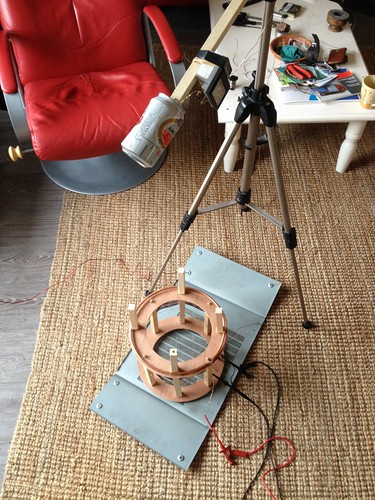update
Just got back from spending a few days at EPD Laboratories with Eric, John P. and others. Have some pics and videos and other exciting things to post, but have to catch up on some sleep. Only 4 hours of sleep and almost 1000 miles (that is only one way) so will post soon as I can!
Just got back from spending a few days at EPD Laboratories with Eric, John P. and others. Have some pics and videos and other exciting things to post, but have to catch up on some sleep. Only 4 hours of sleep and almost 1000 miles (that is only one way) so will post soon as I can!



 (but it might also be a better construction with different kind of wood and lacquer?)
(but it might also be a better construction with different kind of wood and lacquer?) 
Comment